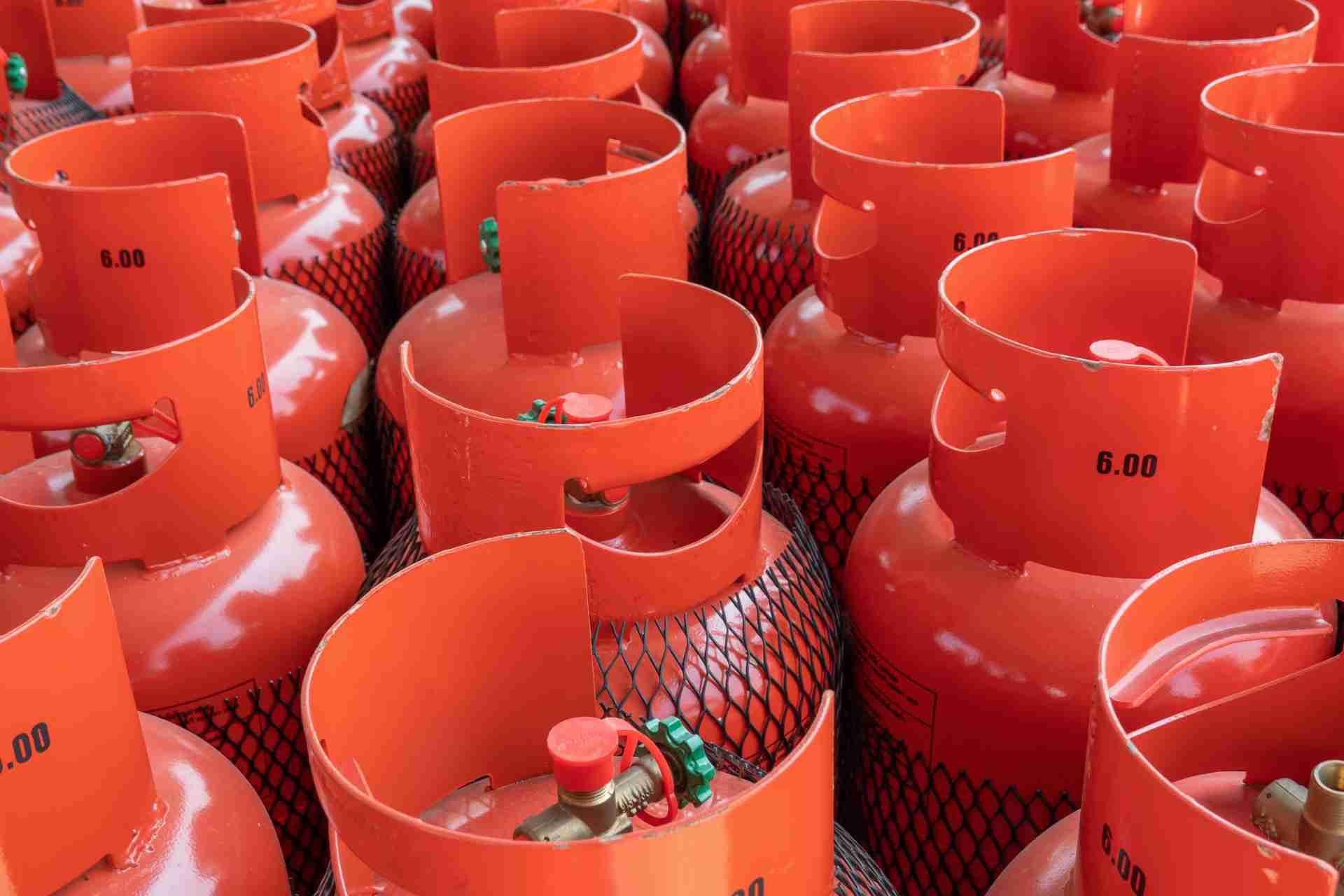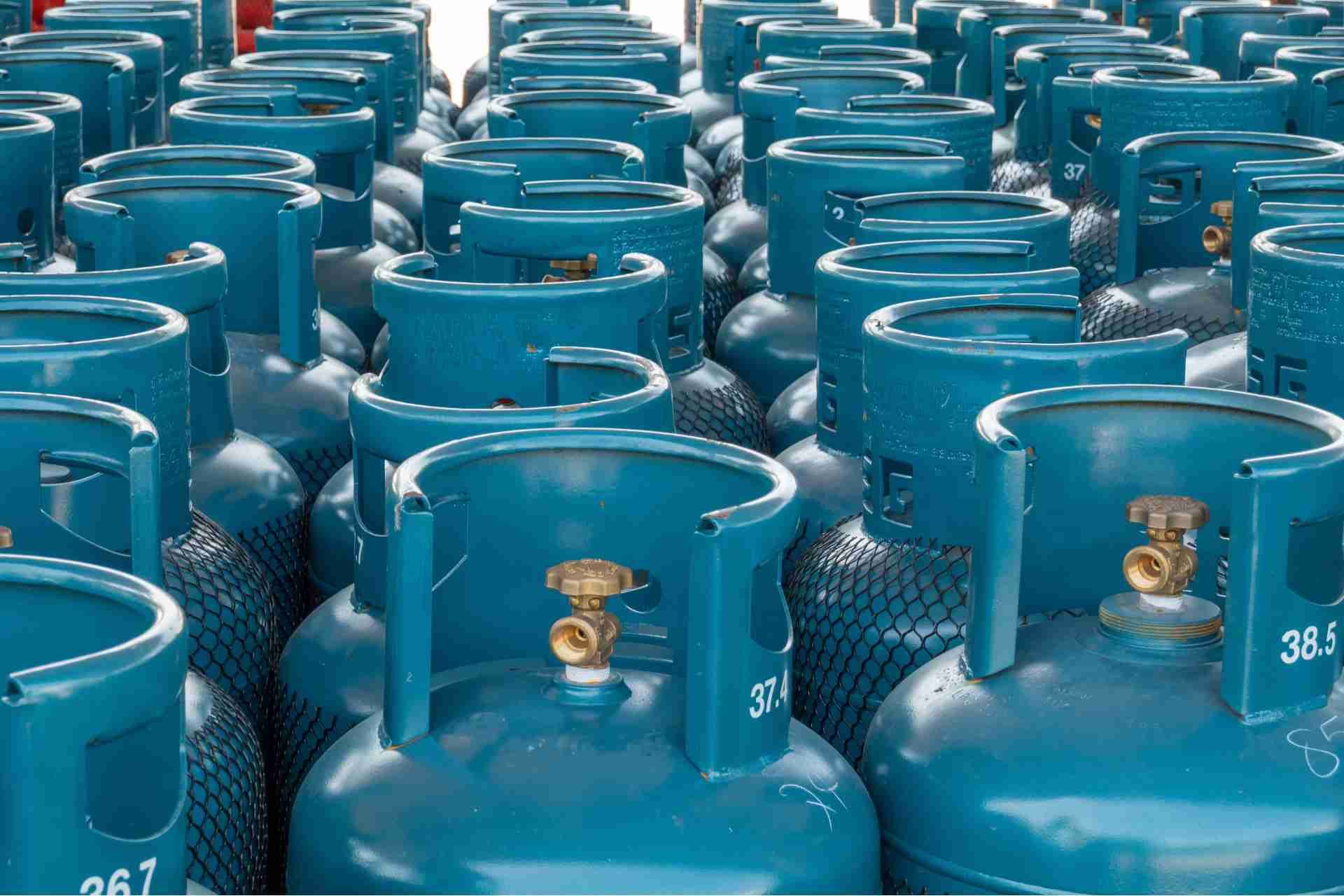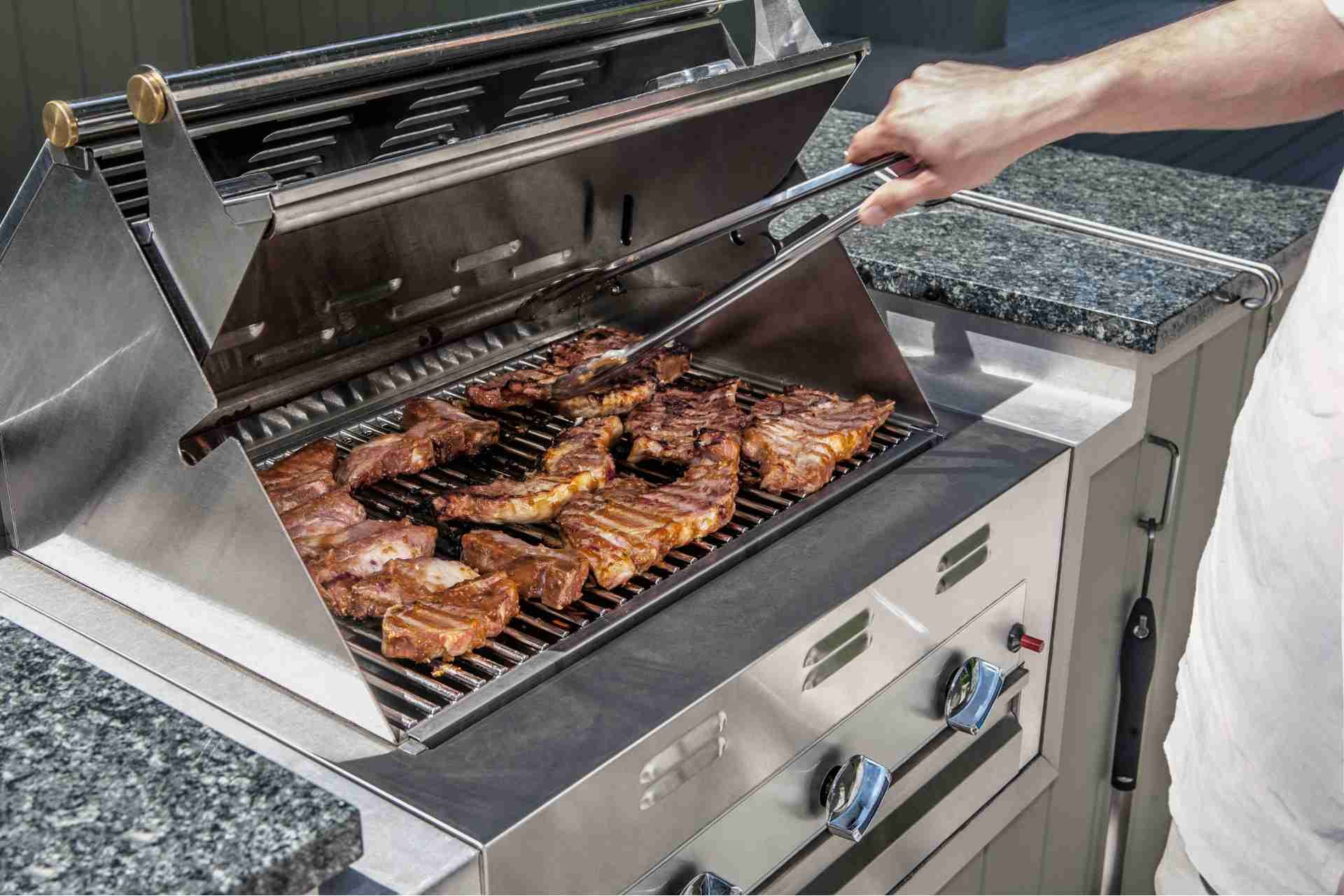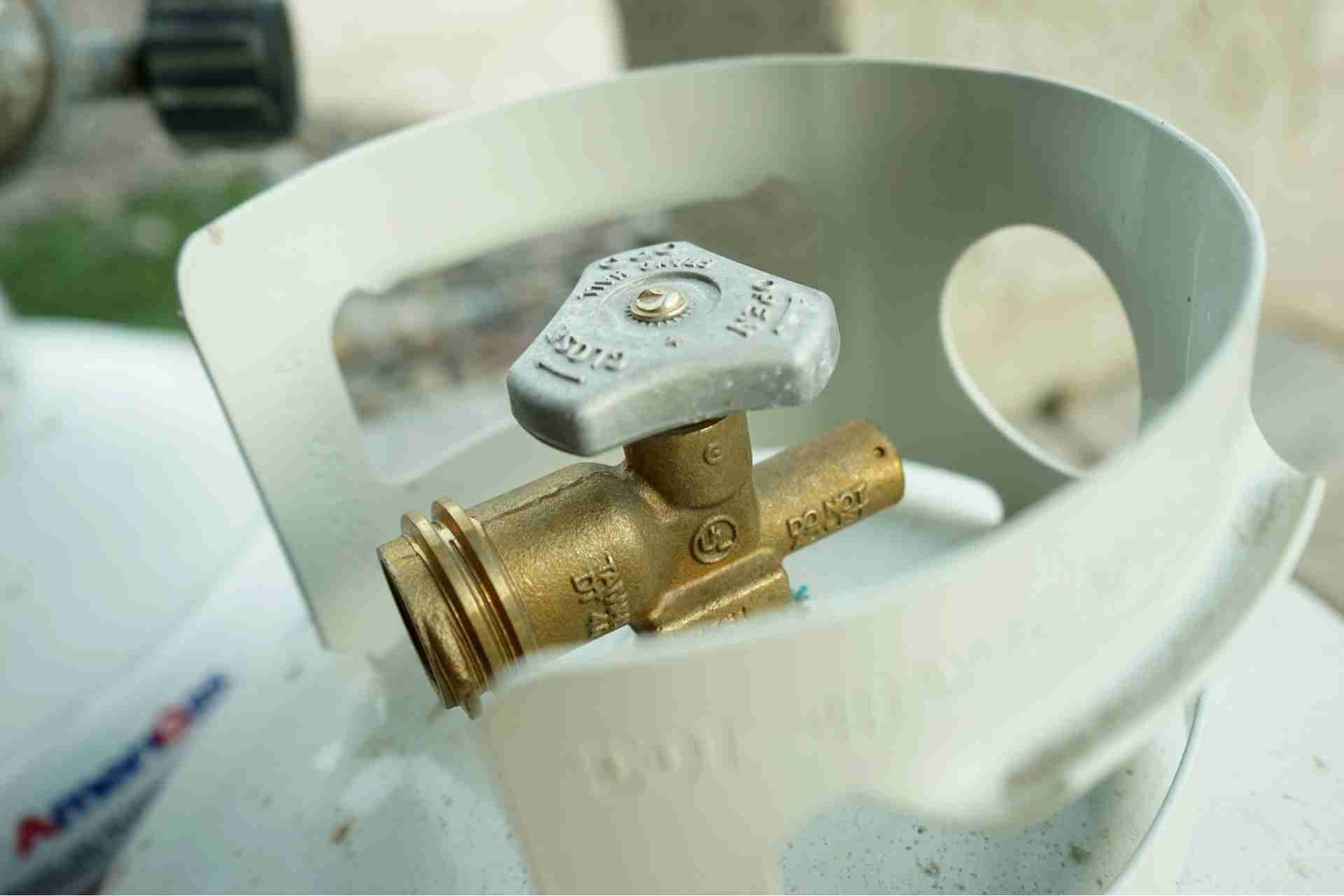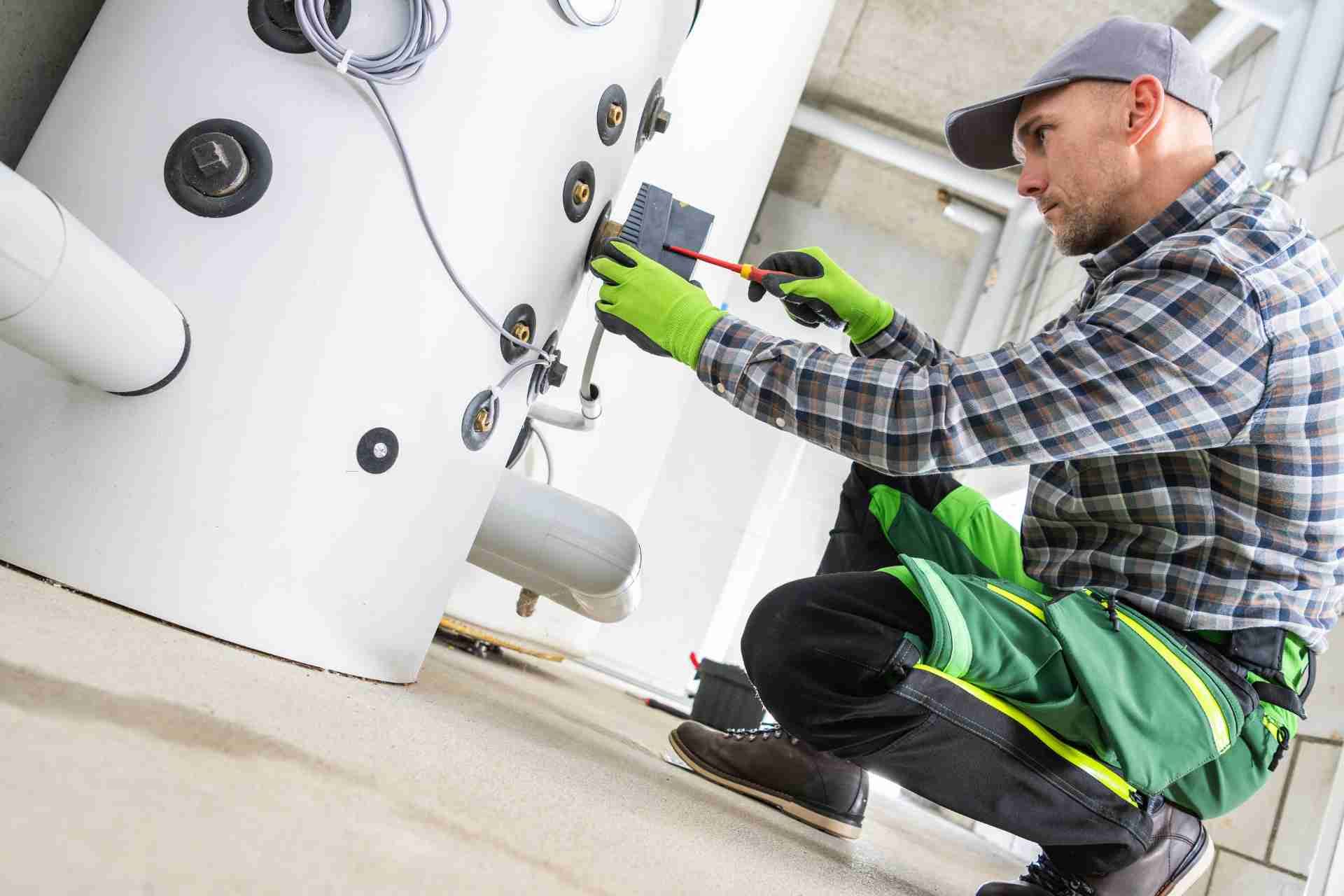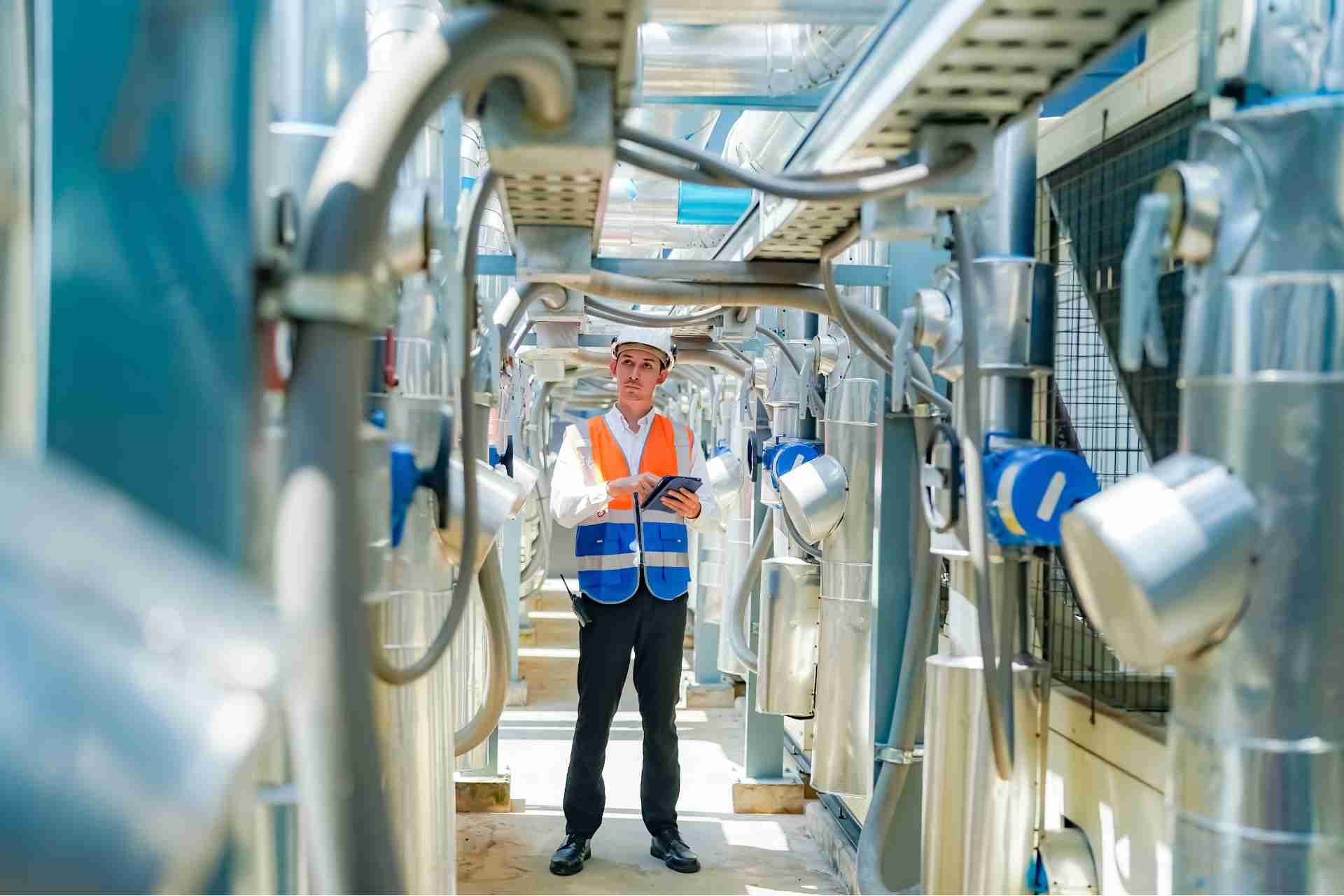Signs When to Replace Your Gas Furnace
If you're relying on an aging gas furnace, it might be time to evaluate its performance. Pay attention to the signs that could indicate a need for replacement. Have you noticed any unusual noises or inconsistent heating? What about your energy bills? These factors can significantly impact your comfort and costs. Let's explore the key indicators that suggest it's time to consider a new furnace before you find yourself in an uncomfortable situation.
Age of Your Furnace
One key sign that it might be time to replace your gas furnace is its age. Generally, furnaces last about 15 to 20 years. If yours is approaching or has exceeded this lifespan, you should seriously consider a replacement.
An older furnace may struggle to heat your home efficiently, leading to higher energy bills and inconsistent temperatures. Even if it seems to be working fine, wear and tear can compromise its performance.
Plus, newer models come with enhanced energy efficiency, which can save you money in the long run. If you're unsure how old your furnace is, check the manufacturer's label or consult a professional.
Staying proactive can help you avoid unexpected breakdowns in the dead of winter.
Unusual Noises
If you start hearing unusual noises coming from your gas furnace, it's a clear warning sign that something may be wrong. Pay attention to any banging, rattling, or squealing sounds. These noises often indicate loose components, a malfunctioning blower, or worn-out belts.
Ignoring these issues can lead to more significant problems down the line. You might also hear a hissing sound, which could signal a gas leak—a serious safety concern.
If your furnace is making popping or clicking noises, it could be a sign of delayed ignition or a dirty burner.
Don't wait for the sounds to escalate; it's best to have a professional inspect your furnace and determine if it's time for a replacement. Safety should always come first.
Inconsistent Heating
When you notice inconsistent heating throughout your home, it's a strong indication that your gas furnace may be struggling to operate effectively.
You might find certain rooms feeling warm while others remain chilly, disrupting your comfort. This uneven distribution of heat can stem from several issues, such as clogged ducts, malfunctioning thermostats, or age-related wear and tear.
If you're constantly adjusting the thermostat but not seeing improvement, it's time to take action. Ignoring inconsistent heating can lead to further complications, making it essential to address the problem sooner rather than later.
Consider having a professional inspect your furnace to determine whether repairs can resolve the issue or if it's time for a replacement. Your comfort is worth it!
Rising Energy Bills
As your energy bills continue to climb, it could signal that your gas furnace is no longer operating efficiently. If you've noticed a steady increase in your monthly costs, it's time to pay attention.
An aging furnace struggles to maintain optimal performance, leading to higher energy consumption. You might find yourself cranking up the thermostat more often, which only adds to your expenses.
Additionally, if your furnace is older than 15 years, it's more likely to be contributing to those rising bills. Instead of paying more for less comfort, consider investing in a new, energy-efficient model.
Frequent Repairs
Frequent repairs can be a major red flag for your gas furnace's health. If you find yourself calling for service more than once or twice a year, it's time to take a closer look.
Each repair not only adds to your costs but also indicates that your furnace may be nearing the end of its lifespan. Consider how much you've spent on these repairs. If the total approaches half the cost of a new unit, replacing it might be a smarter investment.
Additionally, recurring issues can lead to safety concerns, leaving you and your family at risk. Don't ignore these signs; a reliable furnace is essential for your comfort and peace of mind.
It's worth weighing your options before making a decision.
Yellow Burner Flame
If you notice a yellow burner flame in your gas furnace, it's a sign that something's not quite right. Typically, a healthy flame should burn blue, indicating complete combustion. A yellow flame may suggest incomplete combustion, which can produce dangerous carbon monoxide. This gas is odorless and can be lethal, so you shouldn't ignore this warning.
You might also have issues with your furnace's burners, heat exchangers, or even air supply. It's essential to address these concerns quickly by contacting a qualified technician for an inspection.
Ignoring a yellow flame can lead to further damage and increased safety risks. If the problem persists after repairs, consider replacing your gas furnace altogether for peace of mind and improved efficiency.
Conclusion
If you notice any of these signs with your gas furnace, it might be time to consider a replacement. An aging unit, strange noises, uneven heating, higher energy bills, and frequent repairs all point to inefficiency and potential safety risks. Don't wait until it's too late—investing in a new furnace can save you money and keep your home comfortable. Stay proactive and ensure your family's safety by addressing these warning signs promptly.
